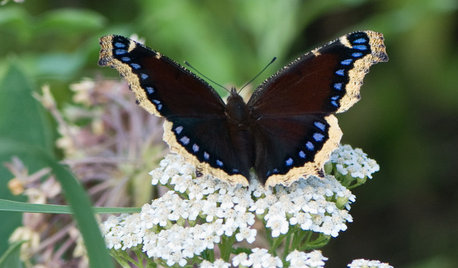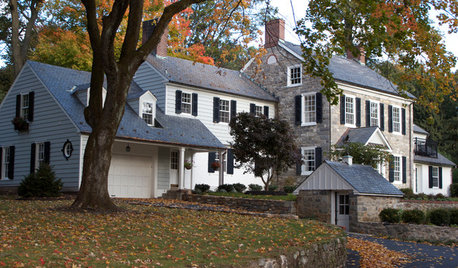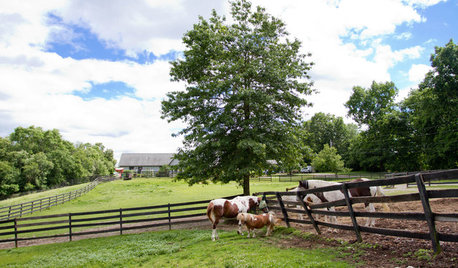hackberry trees
burwoodbelle
15 years ago
Featured Answer
Comments (24)
bigorangevol
15 years agolast modified: 9 years agobrandon7 TN_zone7
15 years agolast modified: 9 years agoRelated Professionals
Mitchellville Landscape Architects & Landscape Designers · San Juan Landscape Architects & Landscape Designers · Brookline Landscape Contractors · Dunwoody Landscape Contractors · Hoover Landscape Contractors · Kaneohe Landscape Contractors · Marlborough Landscape Contractors · Tehachapi Landscape Contractors · Brockton Solar Energy Systems · Pacific Grove Solar Energy Systems · Woodland Hills Solar Energy Systems · Houston Roofing & Gutters · California Roofing & Gutters · Maplewood Roofing & Gutters · West University Place Roofing & Guttersbigorangevol
15 years agolast modified: 9 years agobigorangevol
15 years agolast modified: 9 years agoburwoodbelle
15 years agolast modified: 9 years agobrandon7 TN_zone7
15 years agolast modified: 9 years agoanntn6b
15 years agolast modified: 9 years agobrandon7 TN_zone7
15 years agolast modified: 9 years agoanntn6b
15 years agolast modified: 9 years agoAmazindirt (7a TN)
15 years agolast modified: 9 years agobrandon7 TN_zone7
15 years agolast modified: 9 years agoanntn6b
15 years agolast modified: 9 years agobrandon7 TN_zone7
15 years agolast modified: 9 years agomyrtleoak
15 years agolast modified: 9 years agobrandon7 TN_zone7
15 years agolast modified: 9 years agomyrtleoak
15 years agolast modified: 9 years agobrandon7 TN_zone7
15 years agolast modified: 9 years agobrandon7 TN_zone7
15 years agolast modified: 9 years ago226raymondloveseverybody
8 years agoManito Rios
7 years agoneverenoughhours
7 years agoneverenoughhours
7 years agoLisa Bohannon
7 years ago
Related Stories

GARDENING GUIDESTree Care: Common Tree Diseases and What to Do About Them
Learn to recognize trees that may be affected by diseases or pests so you can quickly take action
Full Story
GARDENING GUIDESMourning Cloak Butterflies Herald Spring
These butterflies feed at tree-sap flows in spring and visit native plant flowers for nectar in early summer
Full Story
HOUSEKEEPINGIt’s Time to Clean Your Gutters — Here’s How
Follow these steps to care for your gutters so they can continue to protect your house
Full Story
HOUZZ TOURSHouzz Call: Show Us Your Farmhouse!
Bring on the chickens and vegetable patches. If your home speaks country, it might appear in a featured ideabook
Full Story
GARDENING GUIDESHow to Stop Worrying and Start Loving Clay Soil
Clay has many more benefits than you might imagine
Full Story
GARDENING GUIDESBackyard Birds: Northern Cardinals in the Snow, and Other Red Birds
Brilliant crimson feathers make these friends stand out in a crowd
Full Story
HOUZZ TOURSHouzz Tour: Whole-House Remodeling Suits a Historic Colonial
Extensive renovations, including additions, update a 1918 Georgia home for modern life while respecting its history
Full Story





brandon7 TN_zone7